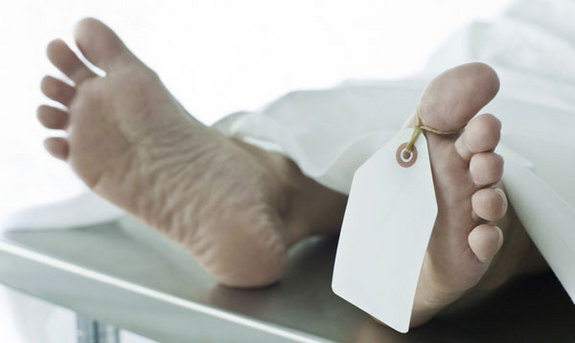by Davis Grey
Okay, we know. It’s not the standard thing you think about with end of life planning. But hear us out. The average cost of a funeral these days is coming in at $10,000. Sure, you can whittle that cost down. Or you can go with a cremationfor around $2,000-$3,000. But it’s still is a lot of money to gather up. This is where donating your body to medical science comes in.
If you really want to go the frugal funeral route, start considering donation. It may sound unorthodox but it’s a vital step in medical education and save your family a lot of money. Here are some general Q&A’s that come along with body donation.
What will your body be used for?
Budding doctors and dentists have to learn anatomy and physiology. Cadavers are a critical part of their education, allowing them to understand things like organ systems and musculoskeletal relationships. If it weren’t for body donation, the first bodies these students could work on would be live patients, which is a little scary.
Researchers also need human tissue to further medical science and develop new procedures or medications to treat debilitating illnesses.
What costs are covered or not covered when donating your body to medical science?
As you can imagine, the body will have to go to the research organization. Normally families have to pay for transportation to funeral homes or to cemeteries. In the case of body donation the medical institution will cover body transportation fees.
If you want to have a memorial service for friends or family, or a burial service of the cremains, you will have to pay for that. Other than that, there are no fees that you’ll have to deal with.
Are any bodies not accepted for donation?
Body donation is usually “whole body” donation, which means the research facility needs the body intact. Bodies that have been autopsied, dissected, embalmed or in an advanced stages of decomposition will not be accepted. You can also expect that if the individual died from a contagious disease like tuberculosis or hepatitis the body would be rejected.
Some institutions will accept standalone eye donations so check with your local institution if that’s something that would be of interest.
What happens to the body after the research is done?
After 1-2 years remains are cremated. The cremated remains (e.g. cremains) will either be buried at the organization’s expense or returned to the family. It’s common for medical students to hold a memorial ceremony for the cadavers before they are cremated.
How do I talk to someone about body donation?
If you want to make arrangements for donating your body to medical science, or talk to someone about the process, contact the closest university-affiliated medical school in your area. If you’re not sure which that is, check out this list from the University of Florida.
There are also private organizations that accept whole body organizations, which include Science Care andMedCure.
Complete Article HERE!

